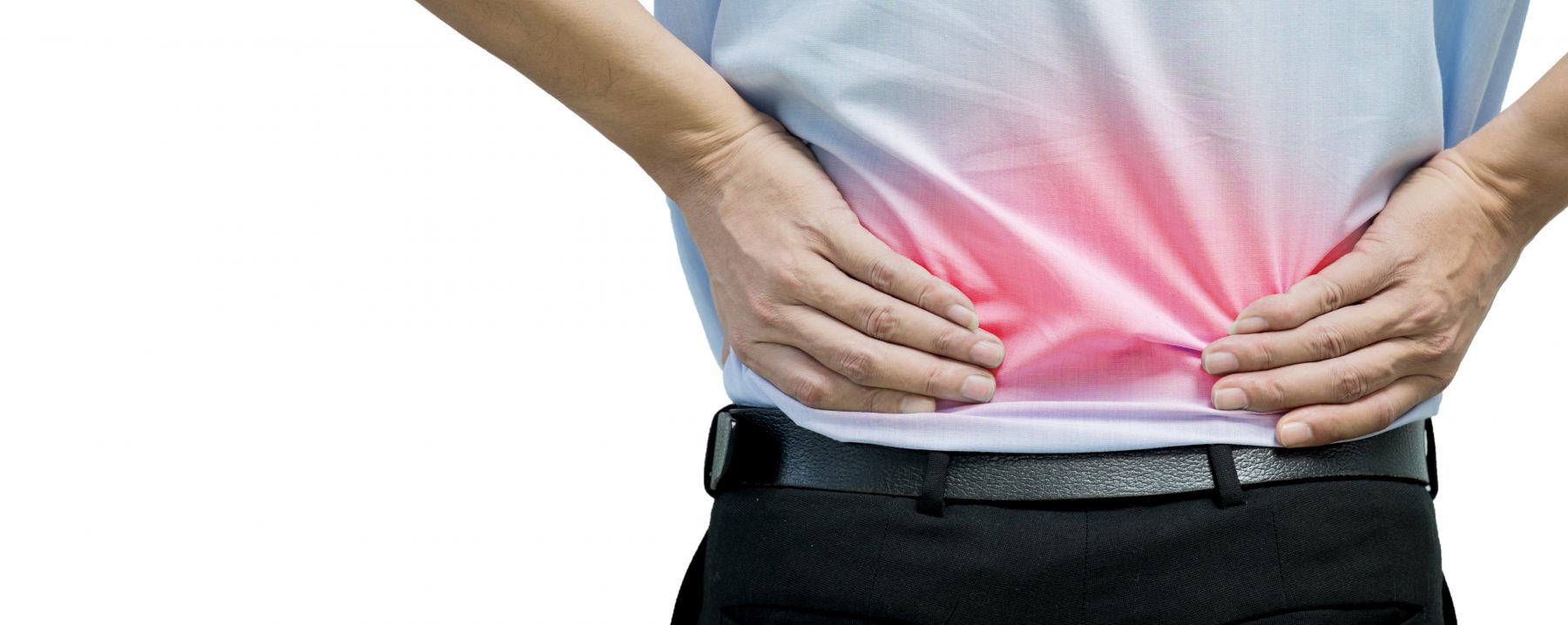Glute Muscle Weakness Linked to Chronic Low Back Pain
Category: Back Pain | Author: Stefano Sinicropi

Low back pain is the most widely reported cause of disability worldwide, affecting anywhere from 20-30 percent or more of the population. Additionally, studies have shown that between 5-15 percent of American adults will develop chronic low back pain, which is classified as pain that persists for longer than six weeks.
Previous research has shown a strong correlation between the onset of chronic low back pain and weakened core muscles. However, there’s also been recent findings that suggest chronic low back pain may also be tied to weaker glute muscles.
Your Glutes and Their Role
Your gluteal muscles are a group of three muscles that make up your buttock, and as a collective unit, they make up the largest muscle group in your body. The muscle groups are located at the back of each hip, and they are the first muscle to activate when your leg muscle contracts. They aid in a host of movements, including when you stand, sit and helping you move around. But if these muscles are weak, it can cause problems with your spine.
Weakened glutes can lead to low back pain for a number of different reasons. For starters, if glute muscles can’t support stress and regular movement, you’ll begin to notice it in your hips and lower back. There has also been an association between poor glute muscle strength and an increased likelihood of slouching. When we slouch, we often put undue stress on our lumbar spine, and it’s easy to see how this can lead to chronic low back pain.
Finally, since your glutes play a crucial role in facilitating hip and knee movement, weakened glutes can impact your gait. If your gait is uneven, a lot of times this pressure gets channeled up your leg into areas like your sciatic nerve and lumbar spine. Again, if these areas are overstressed or exposed to repetitive stress, chronic pain can set in.
The good news is that if we’re aware of the correlation between core and glute weakness and an increased likelihood of chronic low back pain, then we can make simple changes in our life to lower our risk or to treat the beginning stages of lumbar spine pain. Talk to your doctor or spine specialist about types of core or glute strengthening exercises that may be beneficial for your spine, or do a simple Google search to find some easy core and glute exercises that you can perform in your free time.
Preventing chronic low back pain will take some work, but it’s much easier to prevent it from developing than try to treat it after it sets in. So make it a point to improve your core and your glute strength, and you can help avoid becoming another statistic when it comes to low back pain. For more information, or to setup an appointment with Dr. Sinicropi, give his office a call today.